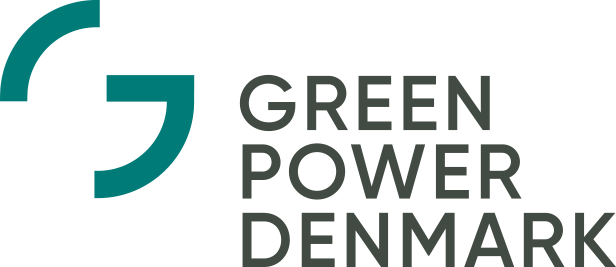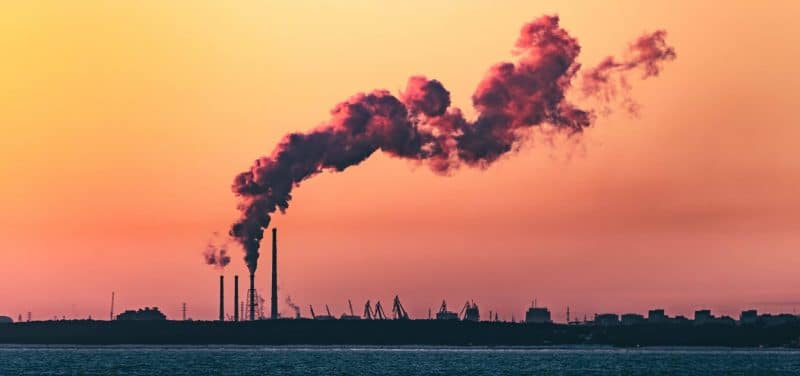Solution provider

Green Power Denmark is a non-commercial business organization gathering around 1,500 members from across the green energy value chain. We represent companies in the renewable energy industry, owners and developers of renewable energy systems, electricity companies, distribution system operators (DSOs), energy trading companies, and companies that work to refine, convert, and store green electricity.










